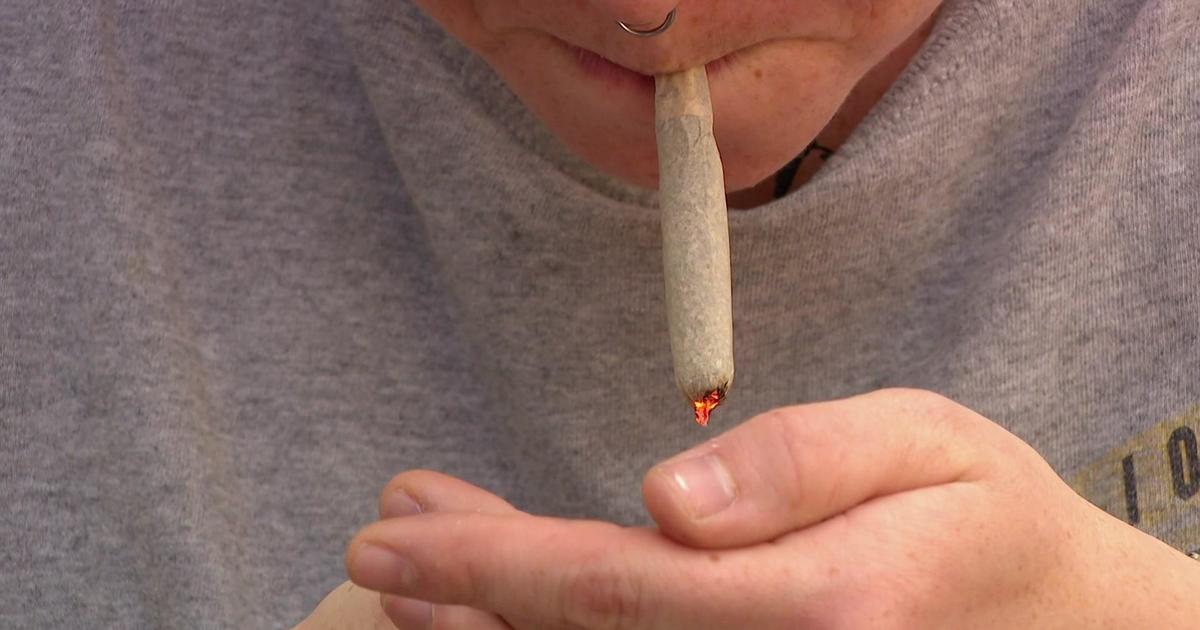Tenderized Meat To Be Labeled In 2016
Follow CBSMIAMI.COM: Facebook | Twitter
MIAMI (CBSMiami) – Some steaks and roasts on store shelves have been mechanically tenderized but until recently there were no rules in place to let consumers know if what they were buying had been tenderized, an important piece of information for consumers.
Teri Gault is a grocery savings expert. She stocks up on beef whenever it's on sale.
"Because we eat it about once or twice a week," said Gault.
While Gault knows all about how to save, one thing she didn't know until recently is that some of the steaks and roasts on store shelves have been mechanically tenderized during processing.
"I had no idea. I don't mind meat being tenderized but I need to know about it because it does bear on how I'm going to cook it," said Gault.
Experts said Gault has the right idea.
When beef is mechanically tenderized, needles or blades are used to break down the connective tissue in the meat, allowing for a more tender product.
According to the Alfred Almanza with the U.S. Department of Agriculture (USDA) the potential issue is in the cooking process.
"Basically the process is such that if there are pathogens present, it will drive them into the inner muscle, and you just can't tell by looking at products whether they're mechanically tenderized or not," said Almanza. "Consumers need to know that this product is mechanically tenderized so they know they have to cook it differently. A mechanically tenderized steak needs to be cooked more thoroughly for sure."
Starting next year, the USDA will require labels similar to these on all beef that has been mechanically tenderized.
"It'll have two things on the label: number one it will have the cooking instructions, along with the rest time and it will also have the process in which it had been mechanically tenderized," said Almanza.
Cooking instructions like minimum internal temperature and the time the beef should sit before you cut into it. Some terms you may see: mechanically tenderized, blade tenderized, or needle tenderized.
"Mechanically tenderized is the broad scope of the process. Blade tenderized is a more narrow focused where you're just using a blade. Needle tenderized is generally associated with a marinated product," said Almanza.
Barry Carpenter of the North American Meat Institute said tenderization enhances the quality of the meat for consumers and he points out the industry has taken steps on its own to reduce the risk that tenderization will transfer pathogens to the interior of the meat.
"The industry has done a number of things to improve the safety: more interventions to reduce the microbial load on product before it goes into the either blade tenderizing or the, the needle tenderizing process," said Carpenter.
Consumer advocate Chris Waldrop believes the new labels are important but, he says if you see one, it doesn't mean you should put the package down and buy something else.
"I don't think consumers need to avoid this product," said Waldrop. "I think they just need to cook it properly and the labeling and the instructions is going to help them do that."
That's what Gault plans to do and she's going to be on the lookout for labels.
"I'm glad it's coming soon. I'm not one to normally like a lot of labeling because it usually ups the price of the food but I think this is important enough," said Gault.
The new labeling rule goes into effect May 2016. In the meantime, experts recommend cooking all steaks and roasts to the recommended 145 degree internal temperature with a three minute wait time before cutting into them.
If you think you've seen labels like this already, Costco has actually been voluntarily labeling the mechanically tenderized meat it sells for about two years.



